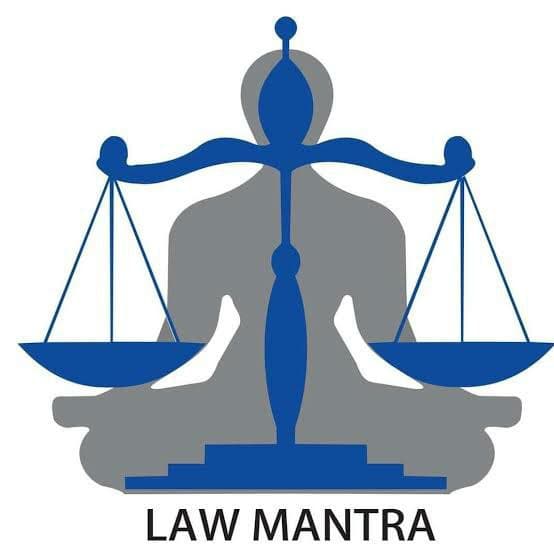“The CJI could further shape the method against partiality, preference and inclination inside the legal framework”
In a significant move to usher in transparency in the higher judiciary, the Supreme Court, in a judgment on Thursday, directed its Registry to make public the “in-house procedure” followed for investigation of complaints, including sexual harassment at workplace, against judges and Chief Justices of High Courts
The direction came in a judgment pronounced on a petition filed by a former additional district and sessions judge of Madhya Pradesh, seeking a fair investigation into her complaint of sexual harassment she allegedly faced from a sitting Madhya Pradesh High Court judge.
The in-house methodology, solidified in a 1995 Supreme Court judgment in the C. Ravichandran Iyer case, points of interest the different phases of examination concerning grievances against sitting high court judges.
Under the method, the Chief Justice of the High Court concerned has just a “constrained power” to give a conclusion on “whether a deeper test is needed.”
Perusing out the applicable segments of the judgment in open court, a Bench of Justices J.s. Khehar and Arun Mishra watched that placing the in-house technique of enquiry in general society area would be in light of a legitimate concern for shielding legal uprightness.
“In perspective of the significance of the in-house system, it is fundamental to bring it into open area. The Registry of the Supreme Court of India is in like manner coordinated, to place the same on the authority site of the Supreme Court of India,” the judgment requested.
Managing the present case, the judgment said it would not like to uncover the character of the charged victimized person or the High Court judge. The judgment alludes to them as “X” and ‘Equity A.’
One of the affirmations of the victimized person is that she was badgering to move to a “thing melody” and needed to experience the ill effects of the high court judge. The judge, a gathering in the Supreme Court request, denied all the charges.
The judgment passed solid perceptions against the way the Chief Justice of the Madhya Pradesh High Court managed the protest.
The judgment presumes that the Madhya Pradesh Chief Justice “voyaged past the determinative power vested in him” by constituting a “two-judge board of trustees” to initiate a top to bottom test. This force is really vested with the Chief Justice of India.
The Supreme Court further requested the Madhya Pradesh Chief Justice to disassociate from a new examination. It additionally coordinated the high court judge to be stripped of “his managerial and supervisory power and control over witnesses” who are to a great extent court staff members.

